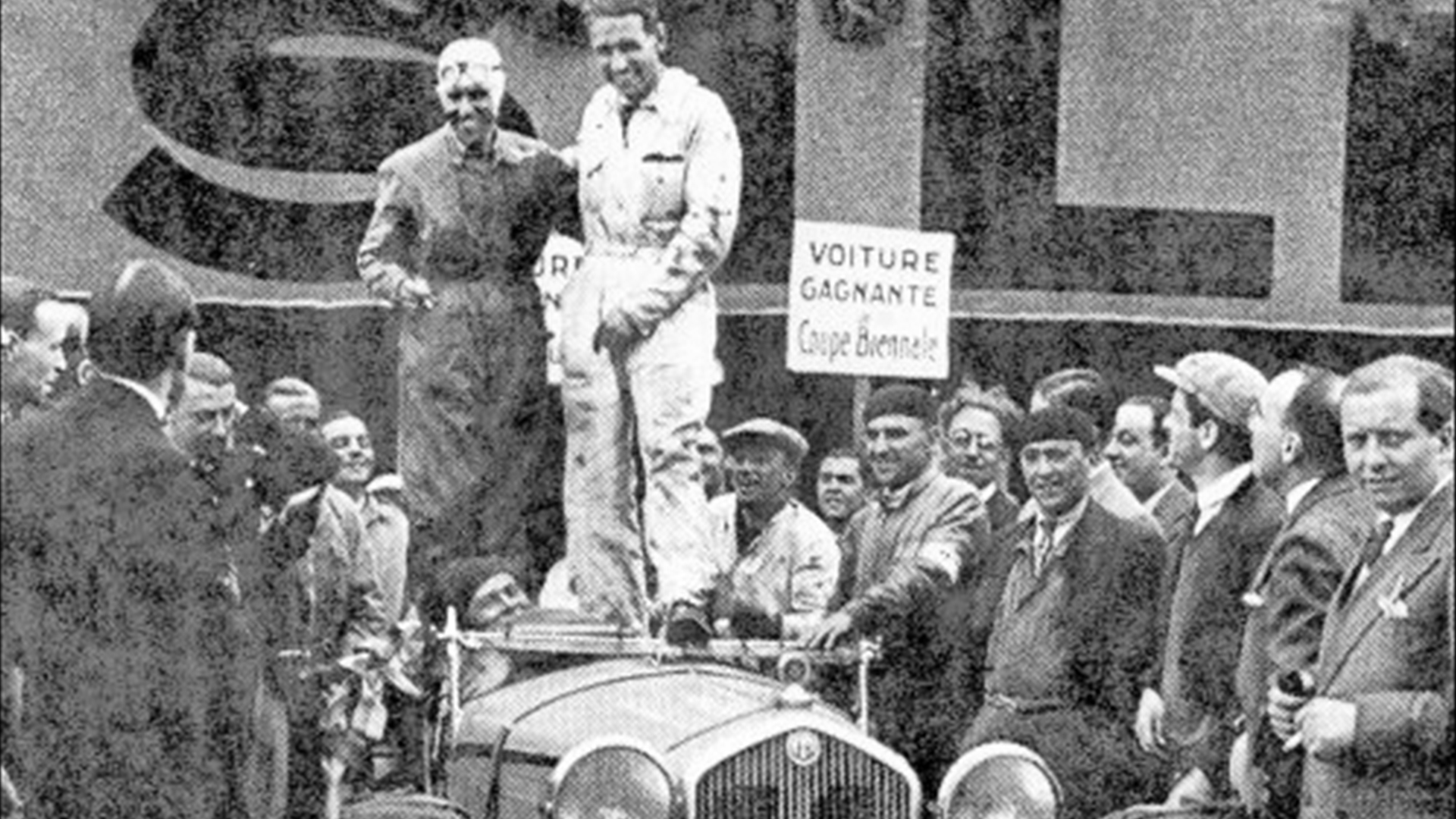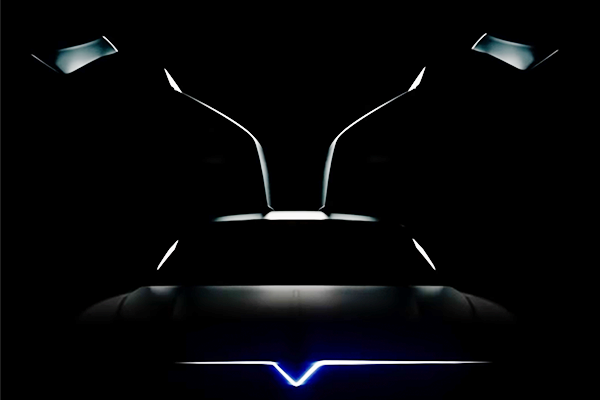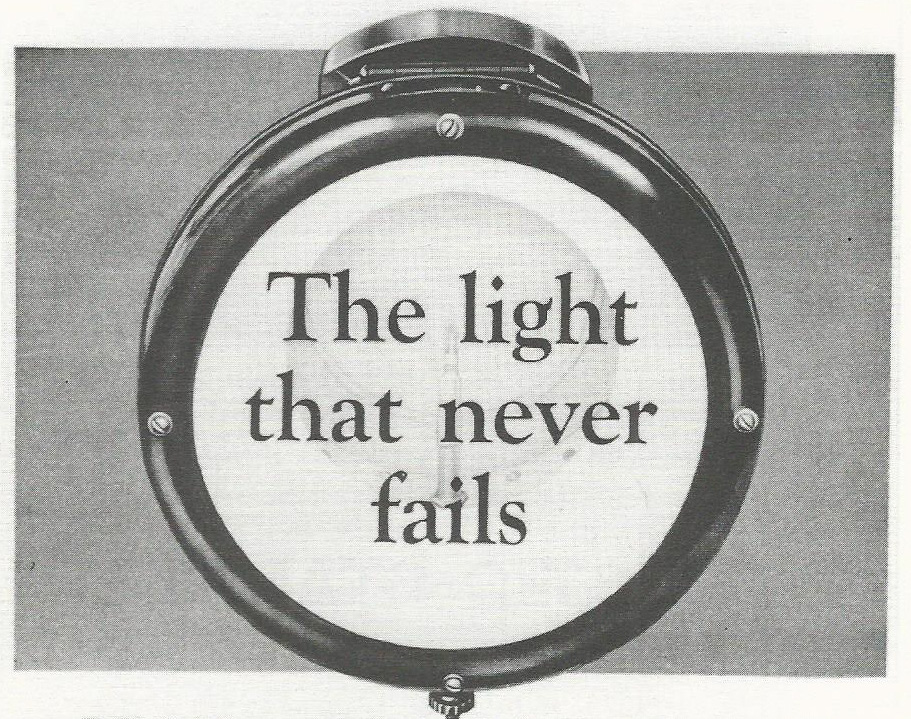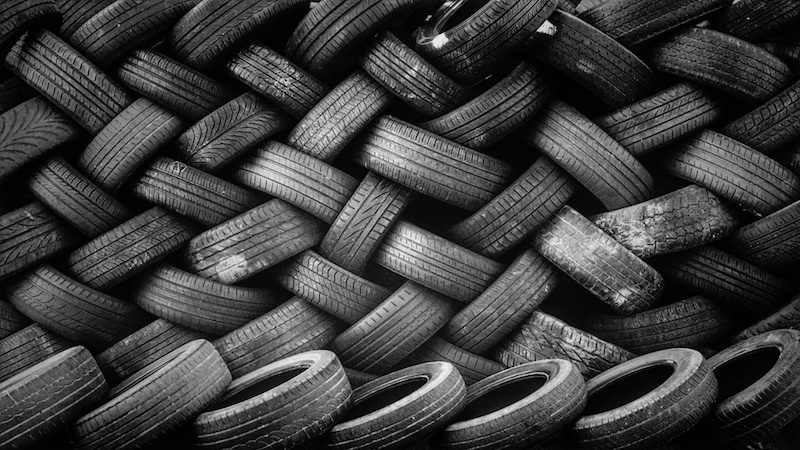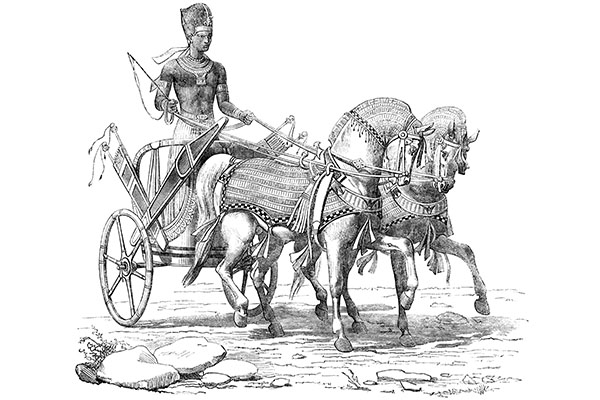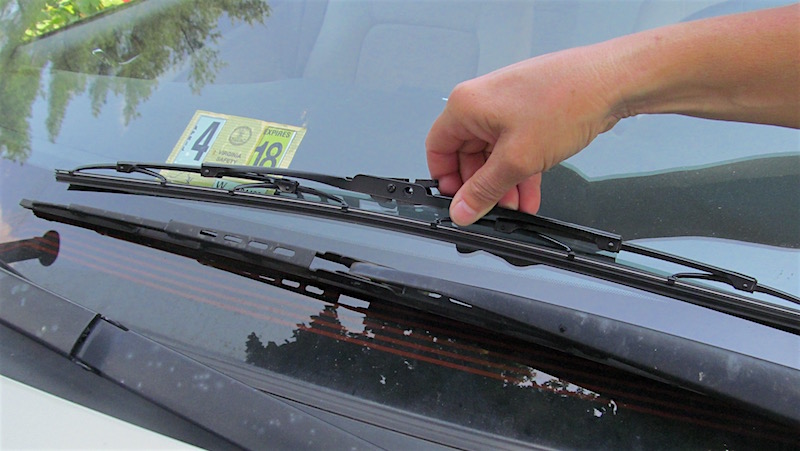 2010 Harley Davidson Sportster XR1200
2010 Harley Davidson Sportster XR1200
From timeless icons to everyday essentials, Marquee Motorcycles examines the bikes we can’t live without.
For this installment, Gearhead's Garage puts the spotlight on Harley-Davidson's iconic Sportster
Like the Chevrolet Corvette, the Harley-Davidson Sportster has been a part of America's motoring landscape since the 1950s. And like the 'vette, the Sporty has stayed true to its roots, in this case those consisting of a lean, powerful V-twin engine motorcycle that's as happy cruising the boulevard as it is unraveling a twisty mountain road. And now, nearly 60 years later, Harley's Sportster is still rumbling its way into the hearts of motorcycle enthusiasts from all corners of the globe.
Bikers British Invasion
No, we're not talking about the Beatles, the Rolling Stones and the Who; that would take place the following decade. Rather, we're referring to the one that English motorcycle makers made in the late '40s and early '50s. That's when midsize, fast and nimble bikes from Triumph and BSA wooed American guys (and gals) away from the big heavy Harleys and Indians of the day. Seeing this, Harley brought out its middleweight K series for 1952.
The K, with its more modern suspension (telescopic forks up front and a shock-supported swingarm out back), lighter weight and foot (rather than hand) shifter, was a completely different animal for Harley. Although it was a pretty good effort, the K still fell short of the Brits in terms of overall performance and handling. That wouldn't last much longer.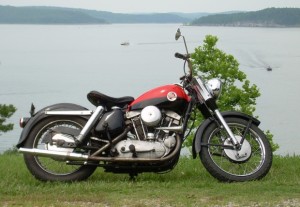 1957 Harley Davidson Sportster XL
1957 Harley Davidson Sportster XL
Sporty debuts
It was 1957. Elvis was rocking the airwaves with "All Shook Up" and "Jailhouse Rock", "12 Angry Men" entertained moviegoers and Harley-Davidson showrooms introduced the Motor Company's new baby, the Sportster XL. It looked very similar to the K, but differed in a few significant ways.
The engine now sported overhead valves and, although it measured the same 883 cc displacement, had a larger bore/shorter stroke design that provided better performance via its higher revving, better breathing nature. While most rivals used alloy cylinder heads, Harley, having had leakage problems with its earlier alloy heads, went with iron as the material of choice giving rise to the engine's "Iron head" nickname.
The following year, the lighter, more powerful, competition-inspired XLCH version of the Sportster debuted. Wearing its small "Peanut" gas tank and staggered dual exhaust pipes, the XLCH, in addition to giving Harley a Brit-beating bike, provided a couple of iconic styling elements still used on some Sportster models to this day.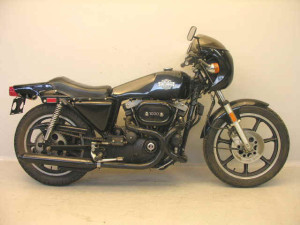 1977 Harley Davidson Sportster XLCR
1977 Harley Davidson Sportster XLCR
Age of Aquarius, Age of Disco
Apart from minor updates here and there not much changed with the Sportster until 1969. That year AMF, a large American manufacturing company best known for bowling balls, took over the company. Big cuts ensued, sadly giving Harley-Davidsons of the era a reputation for questionable build quality. Still, there were a few bright spots in the ensuing years. For 1972, the engine's size went up to 1,000 cc while 1977 saw the debut of the coolest Sportster of the '70s, the 1977 XLCR "Café Racer."
Looking as if dipped in a vat of gloss black paint, the XLCR featured a small "bikini" fairing and a larger gas tank that flowed into a solo seat followed by a sleek tail section. Sadly, apart from an upgrade to triple disc brakes (versus single disc up front and a drum out back) and a two-into-one exhaust, the "Café Racer" Harley was otherwise mechanically identical to the standard Sportster. No performance cams, no higher compression, nothing to make it as scary fast as it looked. Yet despite Sportsters' modest output of 61 horsepower, they were still good performers thanks to their big V twins' plentiful torque supply.
1980s and '90s
The AMF-owned era came to an end in mid-1981 when senior Harley-Davidson executives, including Willie G. Davidson, bought the company back. Now under ownership by proper motorcycle enthusiasts, Harley-Davidson would see advances in design, engineering and overall quality.
For the Sportster, notable milestones included the replacement of the Ironhead engine in 1986 with the all aluminum "Evolution" engine. Available in 883 cc and 1100 cc sizes, the Evolution was lighter, more durable and less prone to oil leaks than the old Ironhead. Two years later, the bigger Sportster engine was enlarged to 1200 cc.
Further updating the Sportster, a five-speed transmission replace the outdated four-speed for '91, the same year that maintenance-free belt drive replaced the chain on the 883 Deluxe and all 1200 models. For '93, the belt drive became standard on the base 883 as well, finally making the chain history. Wearing a larger, spoked front wheel, a solid disc rear wheel and chrome aplenty, the Sportster 1200 Custom dazzled Sporty fans for 1996. A performance version of the Sportster, dubbed the 1200S, debuted for '98 boasting hotter camshafts, dual front disc brakes and an adjustable suspension.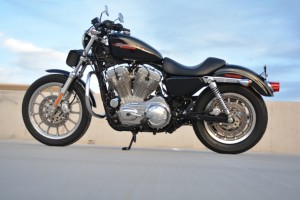 2007 Harley-Davidson Sportster XL883
2007 Harley-Davidson Sportster XL883
Motoring into the new millennium
During the first decade of the 2000s, Harley made two of the most significant improvements the Sportster would ever see. Addressing a long-standing complaint regarding the bike's excessive engine vibration (that some diehard Sporty fans saw as a rite of passage), the company replaced the previous metal-to-metal engine mounting points with rubber-cushioned units. That year also saw a new frame, newly integrated oil reservoir and battery compartments and, on some models, a larger 4.5-gallon gas tank that offered more riding range than the 3.3-gallon Peanut tank (which was itself larger than the original Peanut tank).
Fuel injection, with its perfectly metered, stumble-free fuel delivery, came online for 2007. The Sportster 883 and Sportster 1200 once again were offered in both standard and chromed-out Custom versions, but they were joined that year by the 1200 Low model. The latter featured a lowered suspension and seat height that made this big-engined Sportster ideal for shorter riders.
With its orange and black colors and dirt-tracker styling, the new for 2009 Sportster XR1200 paid homage to Harley's XR750 racer of the '70s. But it was more than styling fluff, as this performance-focused Sportster also featured a beefed-up engine with 91 horsepower (about 20 more than the standard 1200 engine), four-piston disc brakes and a sport-tuned suspension.
Ever the clever marketing company, Harley-Davidson has continued to bring out more themed Sportster models since then. Among them are the old-school custom flavored styled "Nightster", "883 Iron", "Forty-Eight" and "Seventy Two" models. The latter sports 1970's chopper influenced styling touches including sparkly metal-flake paint, whitewall tires and a small Peanut gas tank with the same 2.1-gallon capacity as the one from the good old days. There's even a new touring version of the Sportster, the Super Low 1200T, that comes with a large detachable windshield, plush seat and leather-covered hard saddlebags.
Need parts for your motorcycle? Shop the Advance Auto Parts Motorcycle Maintenance Center or stop by your local store today!

